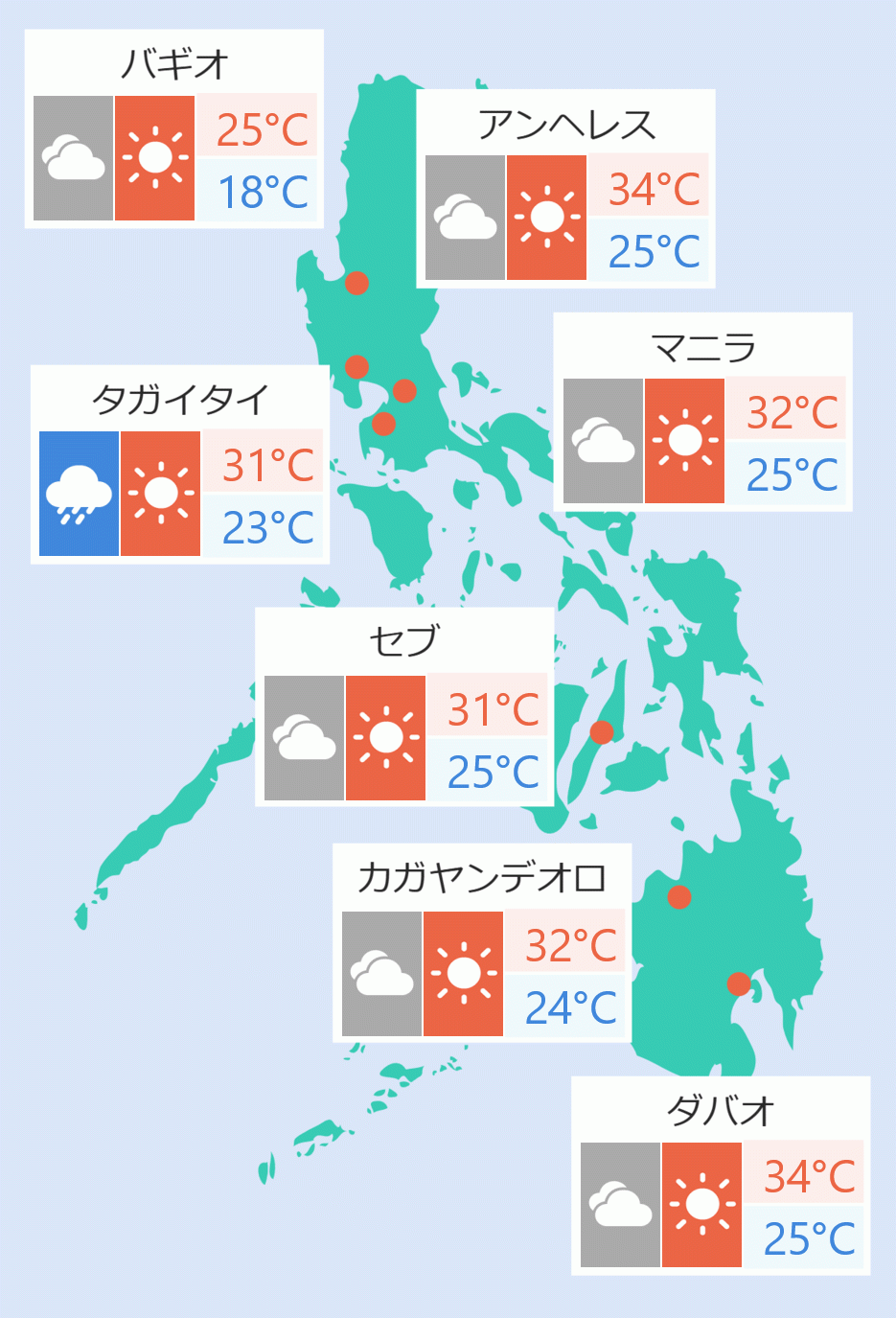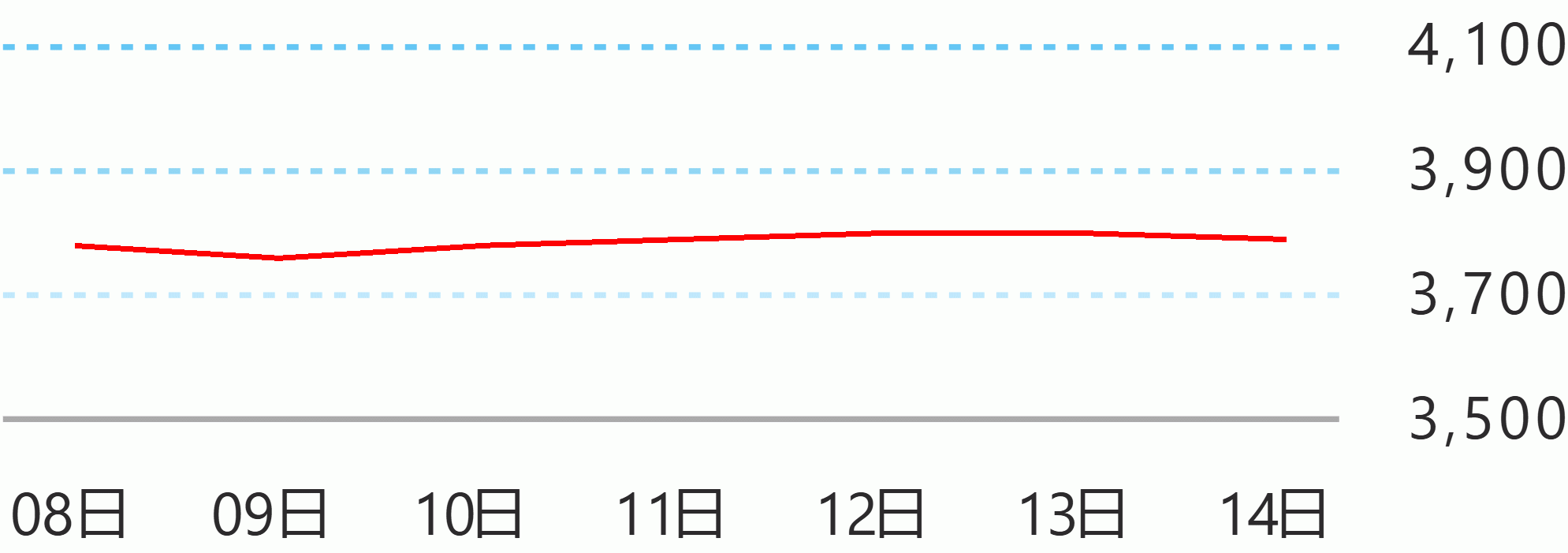President Ferdinand Marcos Jr. led on Friday the grand launching of the National Fiber Backbone Phase 1 aimed to increase internet connectivity service capacity to various provinces, government offices and data centers in the country.
In his speech during the launching of NFB P1 in Pasay, City on Friday, Marcos reiterated his vision of bringing high-speed internet access to the country to create a more digitally-improved Philippines.
“I have made it clear since the start of my term that one of the top priorities that this *administration recognizes is to create a Digital Philippines. We went to our people to?and we asked them what the problems are and their response was as expected.* Our people want to receive fast, reliable, affordable internet services, and our agencies equipped with the best information technology tools that are available,” President Marcos said.
To attain the goals, the government through the Department of Information and Communications Technology (DICT) created the National Broadband Program (NBP), directed to provide necessary interventions, policies, and infrastructures to enable even the most remote areas to enjoy the benefit of having “modern and state-of-the-art connections.”
*“It is because it is clear that, to us,* that the internet has become the backbone of trade, communications, transactions within and amongst communities. Because this backbone links us together, then it serves as the economic spine that props up our growth and supports our development,” the President said.
The President also believes that investing in a fast and reliable internet will help Filipinos reach their full potential.
According to the President, the NFB P1 is the first and only government-owned National Fiber Backbone in the country, which spans 1,245 kilometers and is composed of 28 nodes from Laoag, Ilocos Norte, down to Roces District in Quezon City.
The NFB P1 has an initial 600 Gbps optical spectrum capacity that will serve the needs of the government and the communities along the way, including at least 14 provinces in Northern and Central Luzon, two National Government Data Centers, and four BCDA ecozones.
The successful completion of Phase 1 will also empower 346 national and local government offices connected to GovNet, boosting their overall operational efficiency and generating more than 145 million pesos in potential savings annually.
It will also extend a digital lifeline to more than 3,000 Free Wi-Fi Sites, enabling direct internet access for approximately 750,000 beneficiaries in Regions I, III, and NCR, said the President.
With that, the chief executive recognized the efforts of the officials and personnel of DICT private partners and public sectors, including the BCDA, TransCo, NGCP, and the consortium led by Meta for producing such a long-term and multi-phase program, while looking forward to the completion of five more phases by 2026.
“We look forward to the completion of the *five next phases* of the National Fiber Backbone Project by 2026. Once finished, the DICT expects to increase the penetration rate from 33 percent as it is now to 65 percent, reaching 70 million Filipinos out of the current 115 million population nationwide. It will also lower the price to as much as USD 5 per Mbps.”
The infrastructure will also open wide range of employment opportunities, improve market efficiency, attract foreign investments, and stimulate livelihood opportunities across all sectors, while bringing the transformative power of free and fast access to information, guaranteeing people’s enjoyment of the internet as a basic human right.
“Even this early, we are assured that the NFB Phase 1 will already make a significant impact on our internet connectivity as well as in the day-to-day activities of ordinary Filipinos,” the President said. Presidential News Desk





 English
English










